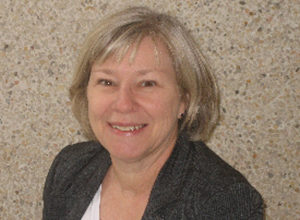 |
| Prof. Marilyn Smith |
Prof. Marilyn Smith and her group in the Daniel Guggenheim School of Aerospace Engineering have developed an unsteady aerodynamics simulation suite of codes that permits the real-time predictions of highly dynamic vehicles without relying on expensive wind tunnel tests, flight tests, or computational fluid dynamics.
Smith's team’s original work was developed for helicopter slung loads to reduce the amount of flight test time needed to qualify them so that supplies and rescues on helicopters can be accomplished more rapidly. As an off-shoot of this development, pilots are now able to train on realistic configurations in flight simulators using this real-time method improving flight safety. This work was funded by the US Army in the Vertical Lift Research Center of Excellence.
The Drone Racing League (DRL) heard of Smith’s technology, and working with DRL, her group was able to use their Complex Aerodynamic Shape Simulator (COMPASS) code to estimate in minutes the steady aerodynamic performance of each of the different drone configurations that the DRL flies. Next, their Georgia Tech Aerodynamics for Bluff Bodies (GTABB) accurately estimates the unsteady drone response in their pilot training simulator. Using Georgia Tech’s technology in virtual reality, the DRL pilots can now train with a true-to-life vehicle flight response, even during very rapid maneuvering, a feat that was previously not possible.
“Because of our success with the Army and the DRL, many other organizations and researchers have expressed interest in adapting this technology for multiple uses such as design and pilot training, “ said Smith, “with application to air, ground, and marine vehicles.”
See the original DRL YouTube video or watch the Atlanta Fox5 interview with Smith.